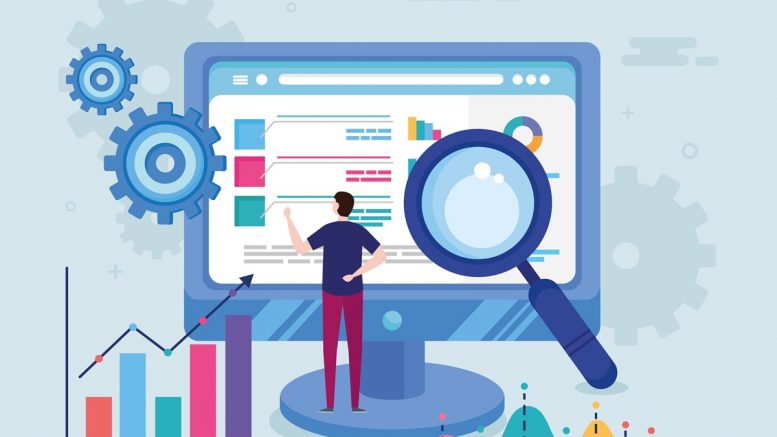In recent weeks, there have been four significant milestones in health/health tech. Lord Darzi published his NHS review, and in it, called for a ‘tilt to technology’; government issued its consultation on the 10-year plan, the Data Use and Access Bill was introduced in parliament; and the budget committed an additional £2 billion to NHS technology. But what does it really mean for digital transformation and data management in the NHS?
While we can’t expect these recommendations or investment commitments to act as a silver bullet to tackling the immense pressures on service providers, it does present a significant opportunity to make inroads in the vision for a more digitally enabled neighbourhood health service. But only if the critical role of data is recognised in these plans from the outset and throughout.
Untapped data
Access to NHS data is largely untapped and underutilised currently. There are initiatives such as NHS England’s Frontline (EPR) Digitisation programme and the Federated Data Platform that are changing this – by creating the right infrastructure for safe and effective data sharing. In turn enabling commissioners and providers to surface it for clinical, operational, financial and research purposes in safe and secure environments.
However, there are some critical milestones during these digital transformation projects that aren’t always considered – or considered too late in the process – and can lead to delays and additional costs. And subsequently impede the pace and scale at which the NHS can achieve Wes Streeting’s big shift from analogue to digital.
For example, a trust’s EPR deployment involves assessing, migrating, integrating and archiving millions of patient records, which are often sitting in disparate and siloed legacy systems. Not reviewing and agreeing how to tackle these issues at the beginning of the project can lead to lost data, poor quality migration, costly setbacks to EPR plans, and delays to a trust’s operational reporting, such as Referral to Treatment (RTT). It can also create the need to call in tiger teams at short notice, which can lead to additional and unplanned costs.
Therefore, the data roadmap needs to be baked in from the outset – rather than treated as a consideration part-way through.
Taking this more strategic, long-term approach also prompts IT and delivery teams to consider how data management can underpin the trust’s wider operational plans, such as service continuity during a cyber security attack. For example, there are ways for clinicians to read archived patient notes even during an outage that affects the EPR. However, the right data architecture needs to be configured before go-live for this type of preparedness to be effective.
Regional opportunities
The move to EPR convergence amongst neighbouring trusts – and at an ICS level – presents an even bigger opportunity for data, as it introduces discussions amongst stakeholders about how to tackle the information silos across a locality, not just within a trust.
London North West Hospitals (LNWH) and The Hillingdon Hospitals (THH) recently achieved this, by collaborating on their EPR to create the largest single instance of Oracle Health in the UK, covering 12 facilities across the Integrated Care System (ICS) and 7 million patient records. Stalis partnered with them to migrate the records from legacy systems and merge the Master Patient Index registrations into a single, shared domain. Having the data readily available for clinicians and operational teams across four trusts has paved the way for more joined-up patient care and streamlined services across the ICS.
This type of digital transformation also means innovations like AI can deliver their true potential at scale. As it ensures good quality clinical data is accessible for predictive analytic tools to validate waiting lists and predict and prevent diseases.
We’re already seeing examples of this at a local level, such as Somerset where the trust is using a case-finding search engine developed by Stalis (in partnership with Predictive Health Intelligence) to help clinicians identify people who might be at risk of developing liver disease. Typically, the symptoms present late, but by using this predictive tool staff can use data already present in clinical systems – such as blood results – to identify those at risk.
Now is the time to give ICSs the tools and support to really expand these pockets of success. However, to realistically do this in the short-term and within the perimeters set by government, we need to think differently about data.
End-to-end data management provision
In a similar vein to EPR convergence, commissioners and providers should be considering end-to-end data management across a locality. This type of arrangement would cover everything from strategic reviews and readiness assessments, architecture, migration, integration, archiving, population health management and risk stratification (for example, using AI).
It will make the roadmap to integrating operational and clinical data across trusts and ICSs – and feeding validated information into the FDP – easier and quicker. Plus, it will ensure the right infrastructure and data flows are in place to shift from the typical ‘diagnose and treat’ to the desired ‘predict and prevent’ approach to healthcare.
It will also help the NHS achieve economies of scale and mitigate the need for multiple contracts for individual data projects at a local and regional level.
With so much happening in recent weeks, it feels as if we’re at an important crossroads. And we have a tangible opportunity to use the new financial commitments and reforms to take a new approach to data management. One that meets government’s ambitious (but necessary) goals for the NHS, its staff and patients.
By Kate Bryan, Managing Director, Stalis (part of the Egress Group)





